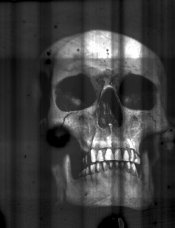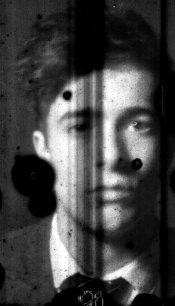Hi,
You have a fighting chance of getting something out of very slow plates.
By slow I mean 'ordinary' plates or process plates that are well below the equivalent of ISO25.
(I once used a packet of 'Wellington' process plates from about 1930. They were fine, totally fog free. They were also about 0.5 ISO!)
Any panchromatically sensitised plates are usually fogged, fast plates are always fogged.
You have fast panchromatic plates, there... good luck, but I really wouldn't get your hopes up :-(
Developer wise, there is no magic formula that will develop fogged plates. You can try benzatriazole additives and such - but as you say, why spend money and effort on something that is probably pointless? If you had exposed plates that you suspected might have something good on then, then maybe... I reckon you should open the packet really carefully, the most valuable bit might be the vintage packaging. Always a good prop in a period still life.













